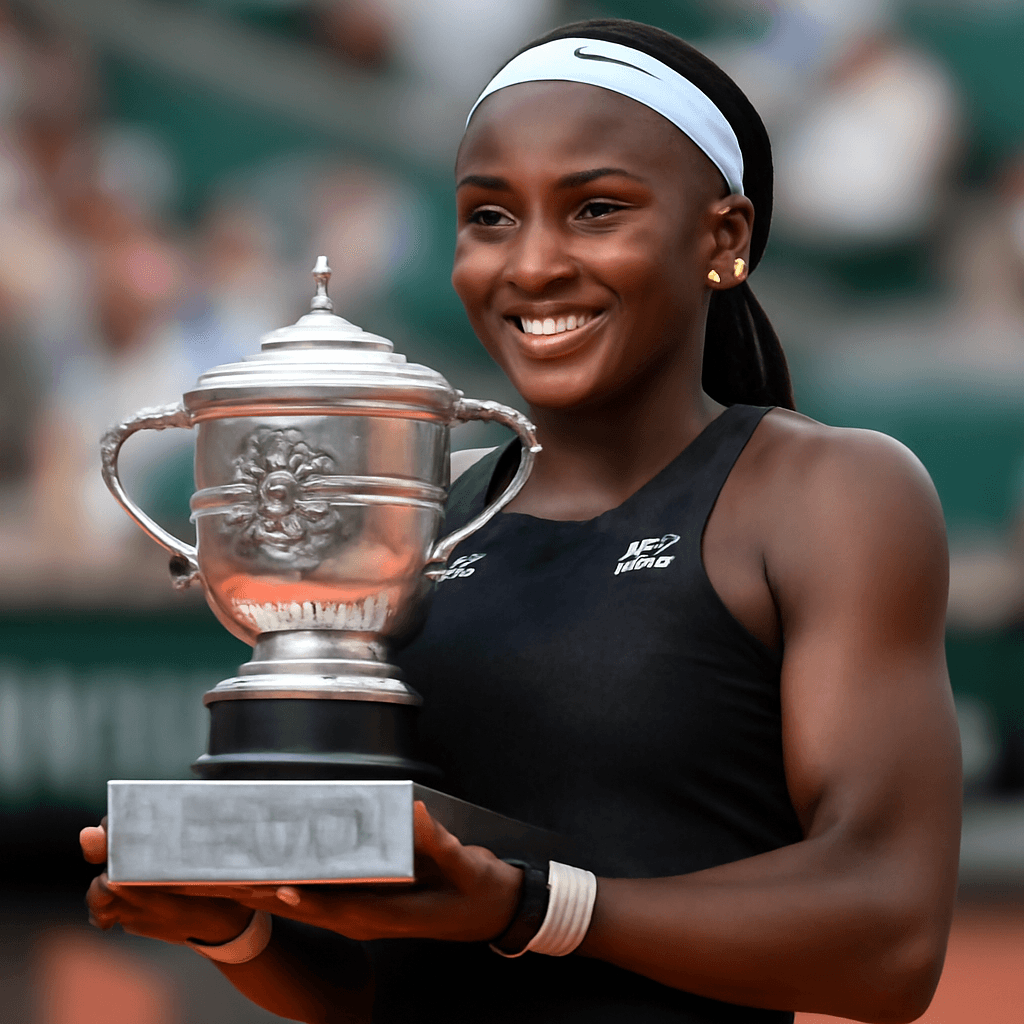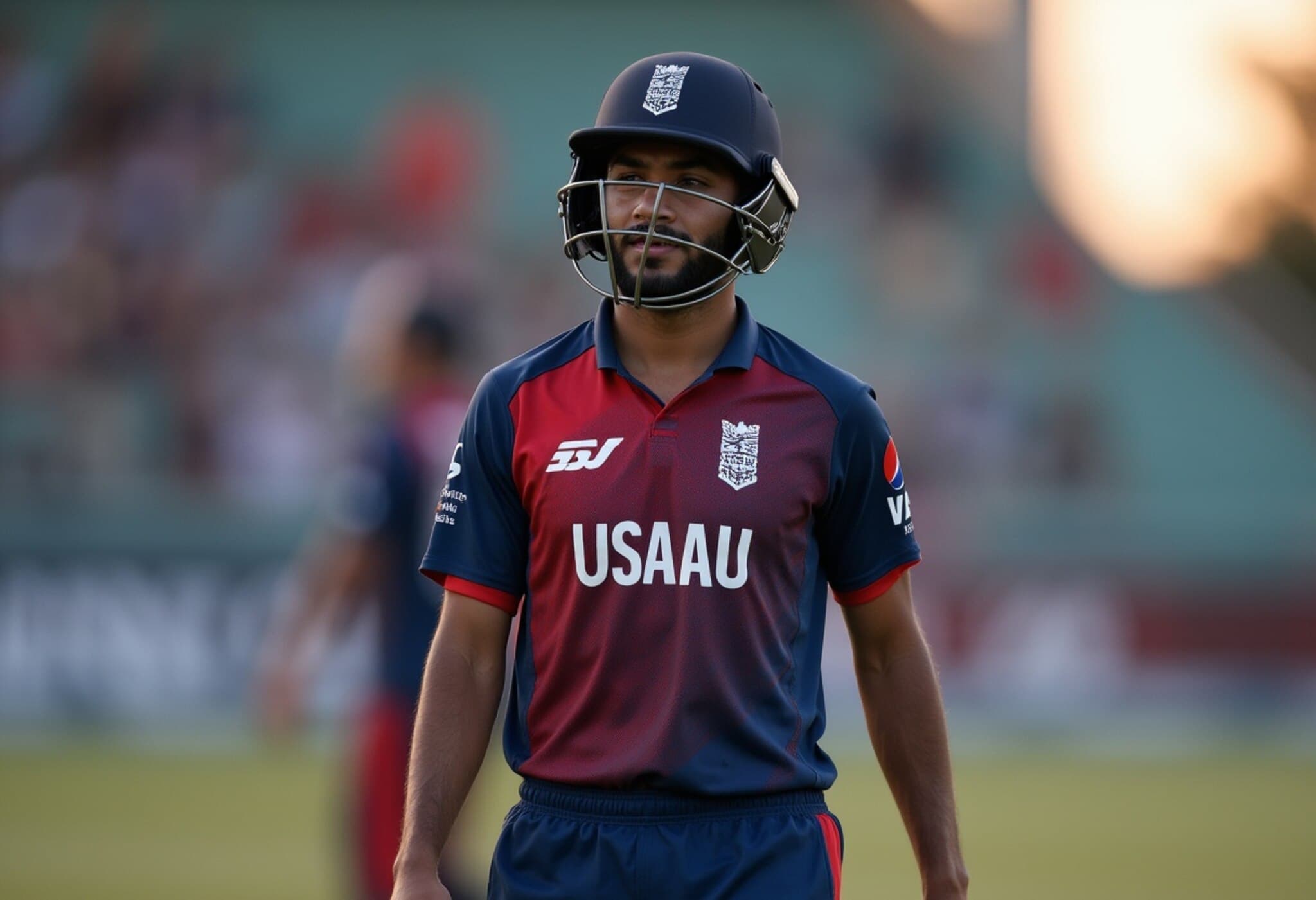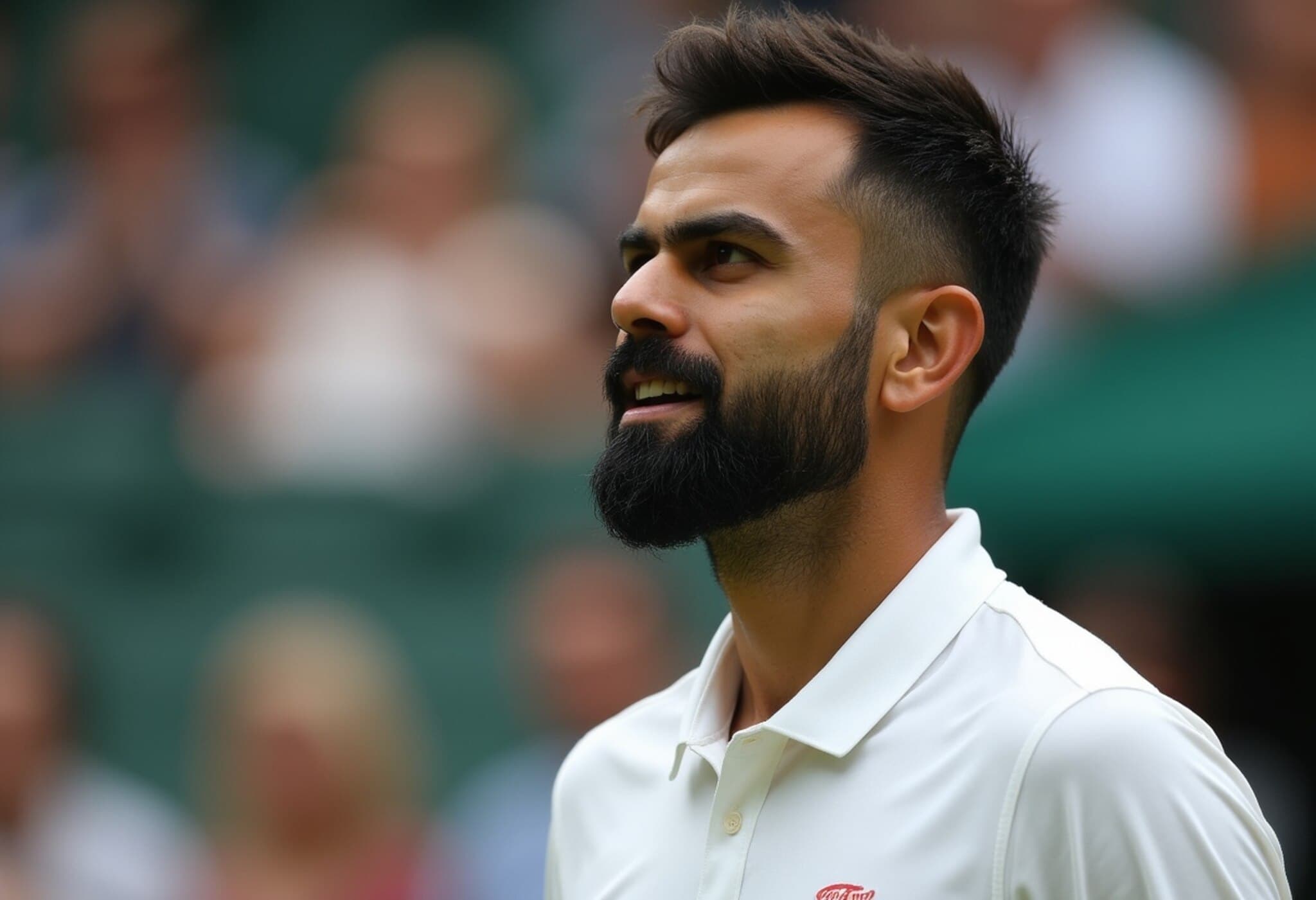Iga Swiatek’s Unprecedented Wimbledon Triumph: A Perfect Final
On a radiant summer afternoon at London’s iconic Centre Court, Poland’s Iga Swiatek delivered a performance for the ages, steamrolling American hopeful Amanda Anisimova with a mesmerizing 6-0, 6-0 win to claim her first Wimbledon championship. This historic result marks the first time in 114 years that a women’s final at Wimbledon concluded with one player failing to win a single game—last recorded in 1911.
Dominance Defined: The Numbers Behind the Victory
The 24-year-old Swiatek’s clinical performance crushed the competition in just 57 minutes, underscoring her status as one of the sport’s most formidable forces. While she didn’t overwhelm the scoreboard with flashy winners—registering only 10—the strategic precision and consistency she maintained were unmistakable. She outpaced Anisimova in total points 55-24, while her American opponent struggled with 28 unforced errors, unable to find a foothold throughout the match.
From Clay to Grass: Swiatek’s Versatile Grand Slam Journey
Swiatek’s journey to this grass-court crown is notable. Previously, her Grand Slam successes were confined to the French Open’s red clay (four titles) and the U.S. Open’s hard courts (one title). This victory not only broadens her surface credentials but also ends a dry spell—she hadn’t lifted a trophy since June 2024 at Roland-Garros. The Wimbledon win brings her overall Grand Slam tally to six, maintaining an undefeated 6-0 record in major finals.
Historical Context and Royal Accolades
Adding to the occasion’s gravitas, the Princess of Wales, Kate Middleton, graced the Royal Box and participated in the on-court ceremony, shining a spotlight on Swiatek’s achievement in front of a global audience. Swiatek joins a lineage of eight consecutive first-time women’s Wimbledon champions, but her knockout style sets her apart.
A Tale of Two Finalists: Experience, Setbacks, and Resilience
Despite her pedigree, Anisimova, 23, entering her first Grand Slam final, couldn’t replicate the formidable form that knocked out world No. 1 Aryna Sabalenka in the semifinals. Emotional and overwhelmed, she was visibly shaken by the scale of the final, finishing in tears. Her journey to this final is a compelling underdog narrative: from a teenage French Open semifinalist in 2019, taking a break from the tour due to burnout, battling back through qualifying rounds, and rising from a ranking as low as 189th to break into the top 10 with this performance.
Swiatek’s Road to Redemption: Overcoming Adversity
Swiatek’s path to Wimbledon glory was not without hurdles. Despite holding the WTA No. 1 ranking for much of 2022 to 2024, she faced a setback with a one-month doping suspension in 2024 due to inadvertent exposure to a contaminated medical product for sleep aid and jet lag management. This adversity, coupled with a prolonged title drought, makes her dominant Wimbledon showing even more remarkable.
What Does This Mean for Women’s Tennis?
- Emerging New Champions: Swiatek’s win continues the trend at Wimbledon of new champions rising, signaling a dynamic shift and deepening competition in women’s tennis.
- Grass Court Proficiency: Swiatek’s ability to pivot her game to grass courts highlights adaptability, an increasingly critical asset amid evolving tournament surfaces.
- Psychological Fortitude: Overcoming personal and professional setbacks, both finalists illuminate the mental resilience necessary in elite sport.
Editor’s Note
Iga Swiatek’s emphatic Wimbledon victory is not merely a single match win; it represents a nuanced narrative of resilience, versatility, and fresh talent challenging established hierarchies in women’s tennis. While Swiatek’s flawless scoreline captures the eye, the human stories behind both finalists—Anisimova’s comeback and Swiatek’s redemption—remind us that elite sports are as much about the mind as the racket. The tennis world will be watching how these narratives unfold, especially as the grass-court season accelerates and the battle for Grand Slam dominance intensifies.
Questions to consider: How will Swiatek’s grass-court success influence her strategic choices going forward? Can Anisimova leverage this breakthrough to cement her place among the sport’s elite? And what does this say about the evolving landscape of women’s tennis on the global stage?












